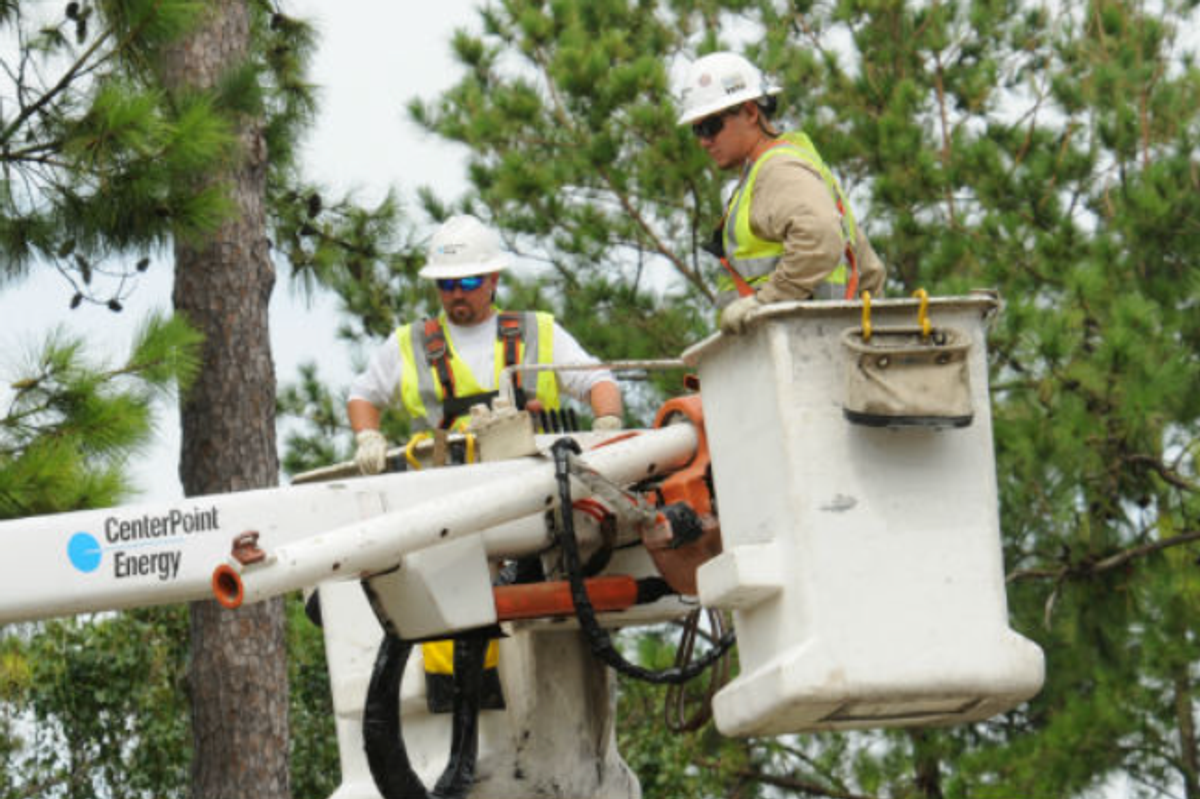Your next Alto ride might be electric. The Dallas-based car service has rolled out electric vehicles in Houston.
Alto, founded in Dallas in 2018 and launched in Houston in 2020, elevates ridesharing with its own fleet of company-owned, clearly branded SUVs driven by its staff of drivers. The company previously announced its plans to evolve its fleet into being completely electric, and the first EVs have hit the road, according to a company email.
"Our EV additions to the Houston fleet mark an important moment in our commitment to significantly reduce Alto's environmental impact," reads the email sent on September 5.
The new cars offer similar features to its existing fleet, including legroom, phone chargers, water bottles for riders, and more. Plus, the new cars — Kia EV9 — boast a quieter ride.
Alto has consistently grown in its Texas markets — which include Houston and Dallas — over the years, including expanding into Houston's suburbs.
Will Coleman, CEO of Alto, previously wrote in a guest column for InnovationMap that his priorities for starting the company included safety — but also sustainability. For years, Alto has been expressing interest in introducing EVs, with plans of having a completely electric fleet.
"This EV vision is one example of how a rideshare company can build a better and more accountable industry, and these steps also give Houstonians a more responsible and sustainable transportation solution," Coleman writes.
- Shell fuels energy transition with roll out of EV charging stations ›
- Houston renewable energy co. rolls out new EV program ›
- City of Houston’s EV fleet and charging capabilities are set to expand ›
- Guest column: Cold weather and electric vehicles — separating fact from fiction ›
- Texas to receive $70M to build EV charging network ›
- New report reveals EV adoption in Texas remains low ›
- Texas finishes low on list of EV charging stations despite increased efforts in Houston ›
- Luxe rideshare service with EV evolution plans expands Houston-area coverage to two suburbs ›
- Rice research shows accessibility gap in EV charging stations - Energy Capital ›










